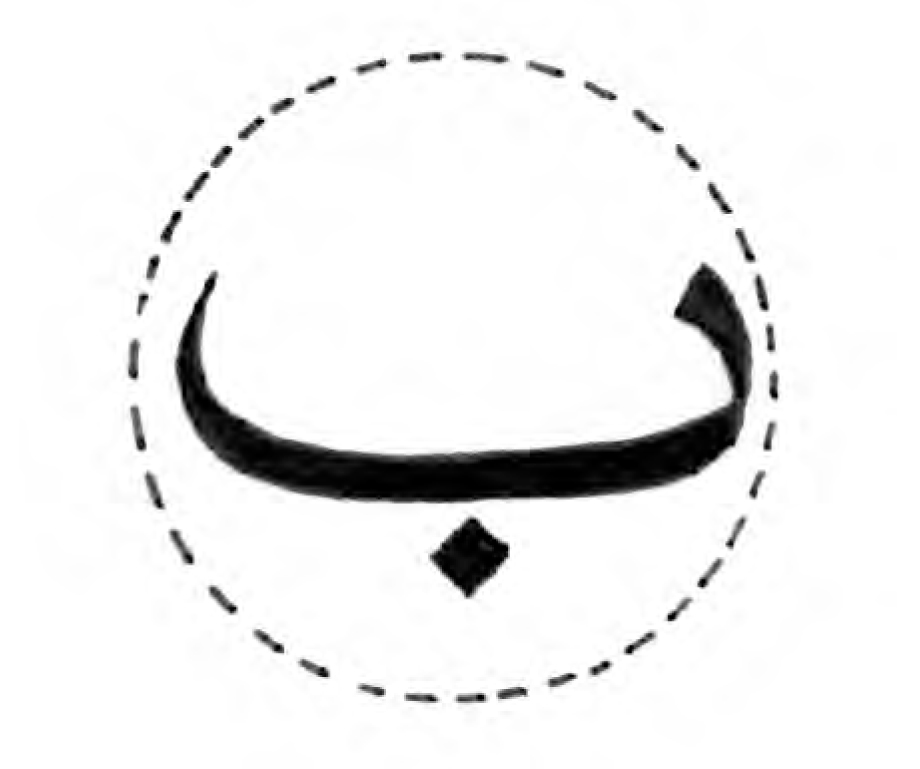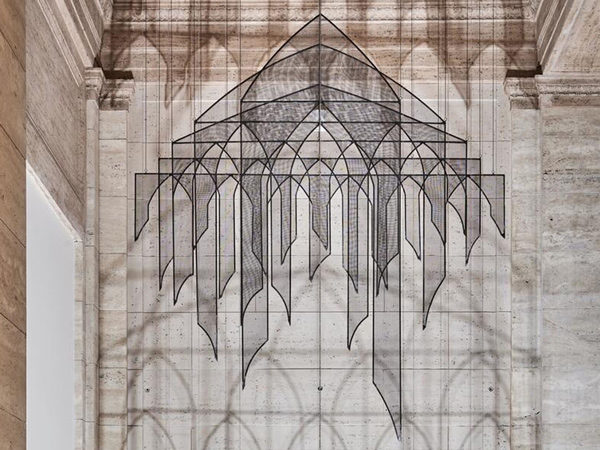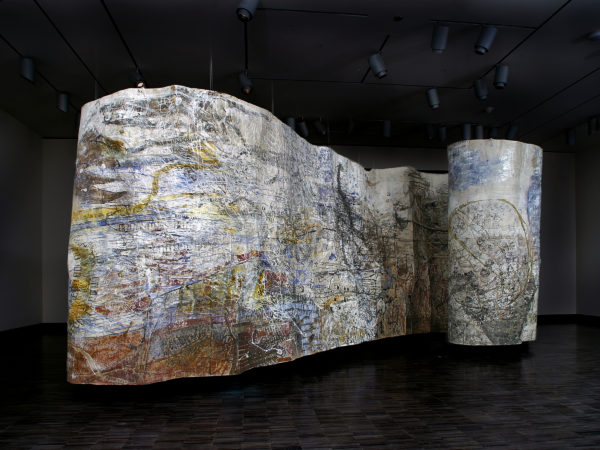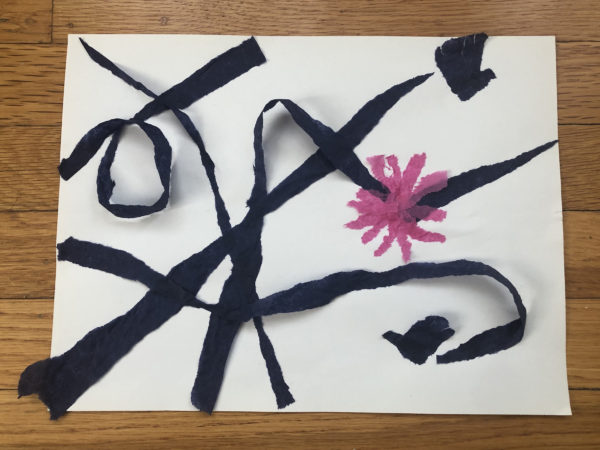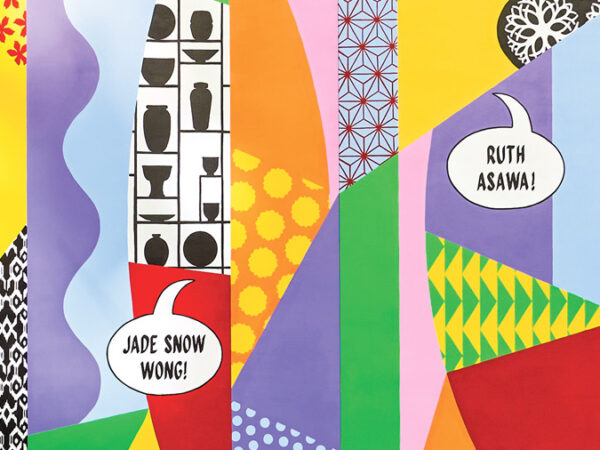Activity
The History of Islamic Calligraphy
The Arabic saying, “Purity of writing is purity of the soul” vividly describes the status of the master calligrapher in Islamic society. It was believed that only a person of spiritual devotion and clear thought could achieve the skill required for this supreme art.

The letter alif consisting of 7 rhomboid dots.
The most talented of calligraphers attained honorable positions as scribes in the Imperial Palace or as teachers of Imperial rulers. The foundation of Islamic calligraphy was laid down by the creative genius of three great calligraphers from Baghdad; the Vizier Ibn Muqla (886–940) of the Abbasid court, Ibn al-Bawwab, and Yakut al-Musta’simi of Amasya (d. 1298).
Ibn Muqla established the principles of calligraphy. To this day, Islamic calligraphers use his theory of proportion based on three sets of measurements: the dot, alif, and circle. The relationship of all letters of a script is determined by the width of the rhomboid dot produced by the pen nib. The letter alif can then be drawn based on a set number rhomboid dots determined by the type of script being used. Once the letter alif is formed, an invisible circle is drawn around the letter (the height of the alif is the diameter of the circle), serving the basis from which all letters of a script may be calculated.
From the 700s, the Koran had been copied only in the kufic, a formal, rectilinear script associated with the city of Kufa in southern Iraq. By the 900s, however, a series of flowing curvilinear scripts evolved that came to surpass kufic in religious, government, and private use. Through the transmission of knowledge from teacher to pupil, the achievements of Ibn Muqla were refined by the calligrapher and illuminator Ibn al-Bawwab (d. 1022) and Yakut al-Musta’simi (d. 1298), the secretary to the last Abbasid caliph. These calligraphers contributed to the development of the akalm-i sitte, also known as the six major scripts: sulus, nesish, muhakkak, reyhani, tevki, and rika. Legend has it that Yakut instructed six disciples, each of whom mastered a script. Another great invention by Yakut is the cutting of the reed nib at an oblique angle, thereby accentuating the elegance and thinness of the vertical line.
Each of the aklami sitte (six major scripts) was utilized by calligraphers to serve varied functions based on their size and style. The names of some of the scripts refer to their size. For example, sulus, also known as the “mother of calligraphy” is called the “one-third script.” Its rounded lettering lends itself to compositional techniques, including playful interlacing and interlocking of letters. Nesih is a small elegant script often used for secular writing. A derivation of this script is gubari (dustscript), a microscript so small that it was used to write carrier pigeon messages. Muhakkak, meaning “tightly woven” is perhaps the most angular of the six scripts and is used in copying the Koran. A smaller version of muhakkak is reyhani. Tevki is a chancellery script, used to record government documents. Rika is a smaller version of tevki. These six scripts dominated the arts of Islamic calligraphy up until the 1400s when Islamic calligraphy would transform itself yet again under the empire of the Ottomans.

